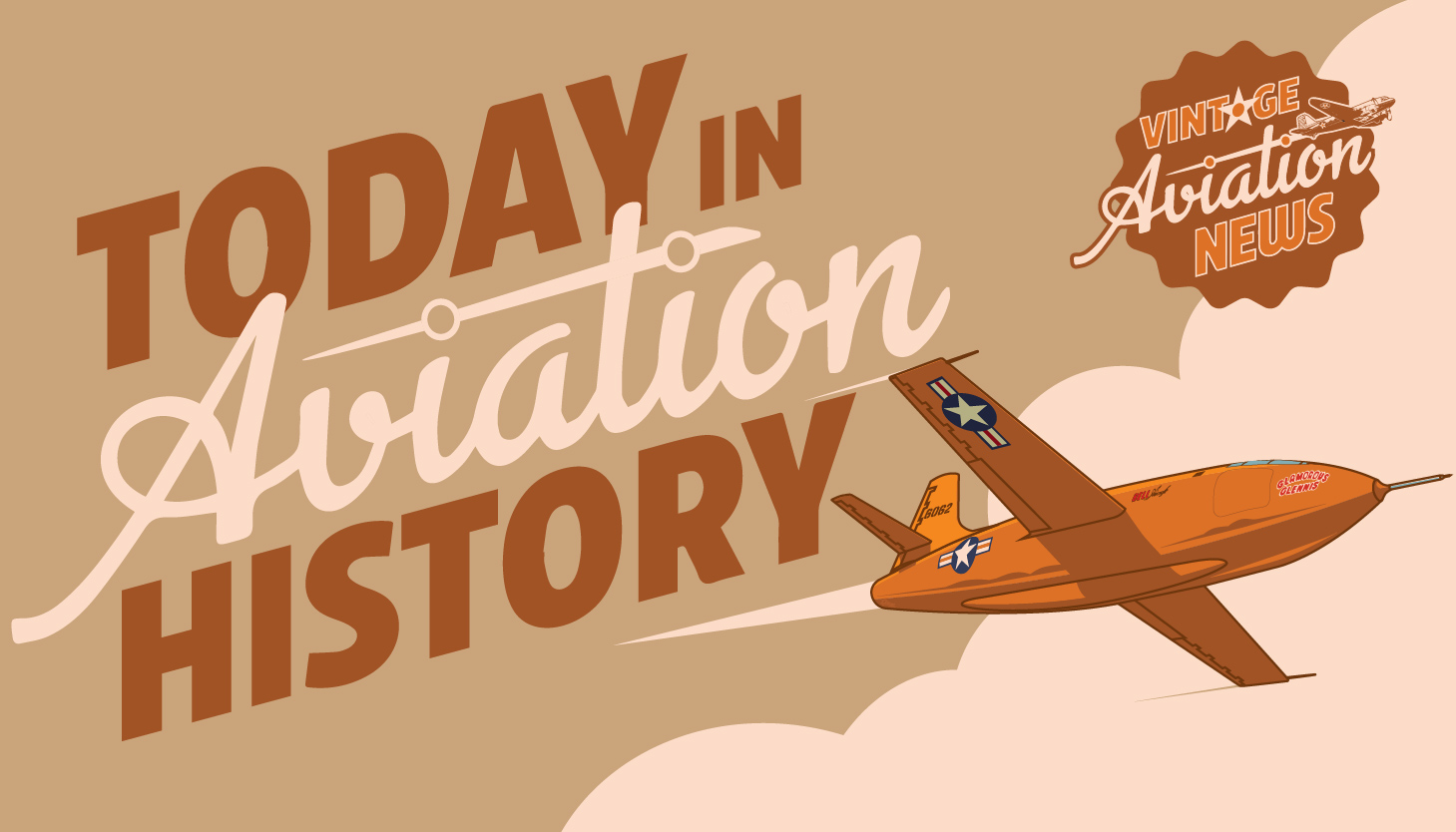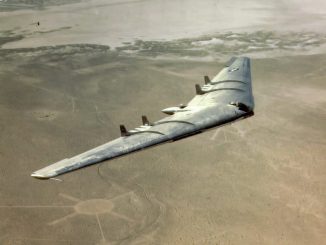

The Canadair CL-41 Tutor, or CL-41, was a jet trainer designed by the Canadian Aircraft manufacturer Canadair that served the Royal Canadian Air Force from 1963 to 2000, and remained an inseparable part of the RCAF and the Canadian armed forces until its retirement and replacement with the CT-155 Hawk. This project was developed in secrecy at Canadair’s plant 4 facility, which also housed the missiles and systems division. The company’s vision was to develop a native trainer aircraft, and it was carried out like a private venture.
Training the Trainer
Canadair’s in-house Preliminary Design department took responsibility for this venture, and by August 1957, they had the basic configuration of the design ready. This design featured a turbojet-powered, low-wing aircraft with a tricycle undercarriage and a side-by-side cockpit arrangement. The special side-by-side cockpit was designed for a training atmosphere, with the instructor seated on the right side and the student pilot on the left. However, only the left-hand side featured full flight controls in most of the designs. The development proceeded with the vision of a trainer aircraft that could provide elementary jet flight training and additional training required for advanced levels. The vision became a reality on January 13, 1960, when the prototype made its first flight powered by a single Pratt & Whitney JT12A-5 turbojet engine. With the success of the test flight, within a year and a half, the Canadian government officially placed orders for production.

Before the prototype entered production, several modifications were made, including replacing the Pratt & Whitney with a General Electric J85 engine. The aircraft also achieved a wider performance range and a top speed of 429 knots against a fairly low stalling speed of 71 kts. One year after the prototype’s first flight in 1960, the Canadian government placed a generous order for 190 production variants in September 1961. The variant was designated as the CL-41A. The order was placed by the government on behalf of the RCAF, which remained the dominant operator of the aircraft. However, a few aircraft were exported as well. The CL-41A was used in full capacity for over three decades, including an upgrade in 1976 by the Canadian Armed Forces. The CAF decided to upgrade 113 of the remaining aircraft, out of the total produced, with enhanced avionics and also provisions for a pair of belly-mounted external fuel tanks (41 U.S. gal). By 1998, it was reported that around 120 examples of the type were still in regular service with the Canadian Armed Forces. However, in 2000, the majority of Tutors retired after a successful career as the RCAF’s principal training aircraft. The new replacements were the newer British-built CT-155 Hawk and the American-built CT-156 Harvard II.

The SNOWBIRDS
One of the peak milestones of the entire Tutor career is being part of the Snowbird team. The aircraft was part of the formation aerobatics team that performed from the Northwest to Mexico and was officially known as the 431 Air Demonstration Squadron. The Snowbird team comprised 15 Tutors, 11 of whom travelled with the team during the entire airshow season. The original aircraft design was redesigned specially for the Snowbirds display team in 1967. These modifications included extra controls so that they were easily manoeuvrable from either position, left or right hand. The cabin was also modified and equipped with a rear-hinged canopy over both the crew members along with a pressurisation of 3 psi, which was equivalent to an altitude of about 6,500 ft for a better human performance of the pilot. Ever since the Snowbirds came into existence, they have consistently performed air shows, especially the annual flypast on Canada Day over Ottawa. Although the majority of Tutors retired in 2000, a small number of Tutors still exist among the RCAF’s Snowbirds aerobatics team.
Although the CL-41 Tutor has been retired from active training, a few still remain in service with the Canadian Armed Forces. 26 Tutors continue flying with the Snowbirds aerobatic team and the Aerospace Engineering Test Establishment at CFB Cold Lake, while some are stored for short-term use. By 2011, three CL-41Gs and one CT-114 were registered on the U.S. civil registry. A CL-41G was also donated to Embry-Riddle University by actor John Travolta, and some models like CT-114004 are preserved in Canadian museums like the Royal Aviation Museum of Western Canada, Winnipeg, Manitoba.

Related Articles
"Haritima Maurya, pen name, ""Another Stardust,"" has been passionate about writing since her school days and later began sharing her work online in 2019. She was drawn to writing because of her love for reading, being starstruck by the art of expression and how someone can make you see and feel things exclusive to their experience. She wanted to be able to do that herself and share her mind with world cause she believes while we co exist in this beautiful world least we can do is share our little worlds within.
As a commercial pilot, Haritima balances her passion for aviation with her love for storytelling. She believes that, much like flying, writing offers a perspective beyond the ordinary, offering a bridge between individual experiences and collective understanding.
Through her work, ""Another Stardust"" aims to capture the nuances of life, giving voice to moments that resonate universally. "








Be the first to comment
Graphic Design, Branding and Aviation Art